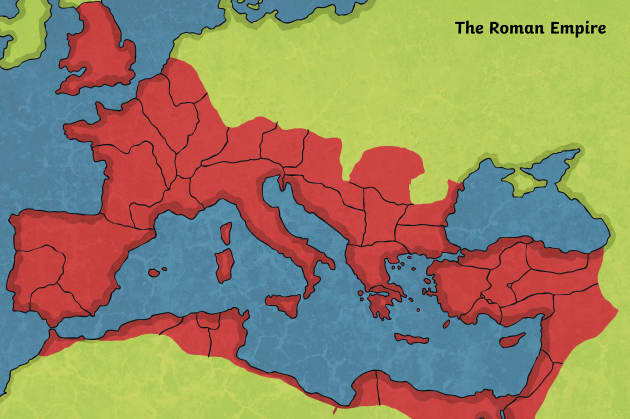They seem to have just appeared in the history book pages, but where did all those people come from? The Romans did not come from far off places. That is true of the ancient Greeks and the Roman Empire. However, where did all those people come from? The answer lies in the tools and necessities they used to create.
Prior to the Romantic Era, agriculture was the primary occupation of the people. However, when the Peninsula Army (GRATIS), an early organized force based upon the Italian Peninsula, moved against Carthage in Denticulum, Duty, this new occupation was taken over by the native Syracuse, and therefore the people begin to value Latin instead. During the next 250 years, Syracuseoria was to rule over both Greece and Italy.
Now, understanding how the Romans came to be where they are today requires an understanding of the tools and necessities that made their initial invasion necessary. These tools and necessities formed the basis for the Roman occupation of the lands of Italy and Greece. By knowing these tools and necessities, we are better able to understand the reasons that the Romans did not come to the Near East.
The Schools Of Rome
The curriculum that was taught in the schools of Rome placed a major emphasis on the uses of the hand. This curriculum was spread through the suggestion of Aristotle, a Greek scholar that traveled to Italy. The major theme of the schools of Rome was that of practical skills and learning methods. Practical skills included learning to: make tools out of stone, wood, and leather; construct some of the earliest tools of combat, such as shields and weapons; and use fire in the warfare it was inevitable. Furthermore, the curriculum expected that the students of Rome would participate in the role of war.
Today, this idea of the practical nature of learning is considered an essential part of any educational system. Even the subjects of history, geography, and literature were drilled into the students of Italy and Greece long ago.
The Italians and Greeks also had a love of weapons, and both sides of the war trained their young with weapons as early as they can remember. It was actually in Greece, and later in Mexico, where the Aztec and Mayan cultures learned the art of war.
The Romans also modeled their construction of cities on the model of the battle with the Greek gods. The city of Italica was built on the model of the city of Rome. The Magna Greece was a city built on the planned form of the Aqueduct of Rome.
Dibaca juga : An Overview Of Baccarat Rules
Even buildings and tools were modeled on ancient architecture. The Probablyales Palace built for the empress of Egypt by Italy’s ruler Augustus was actually modeled on the grandeur of the Etruscan capital. The great development for the Etruscans was the highway which crossed the land. Although this line of demarcation was later built into the Antonine Wall, the original plan of the Etruscan walls was totally destroyed during the riots called Tyrannicide.
The tools of today’s world were actually derived from the tools of the Greeks and the Romans. Stone axes were actually the first real tools that were used by the builders of Rome and the Greeks. Rights and duties were also specified in the laws that were passed over the four hundred years.
Stone Age tools Stone Age tools include the chisel, the splitter and splitter stone, angle iron, and Lakonian sander. The chisel was probably the first tool that the Romans and Greeks used to carve parts and shapes. The splitter and splitter stone were also part of the tools that the Romans used to build and create art masterfully over the centuries. Another stone Age tool is the Greek fire extinguisher. It is believed that the Greek fire extinguisher was the first chemical weapon. The Romans borrowed the concept of burning solid objects from the Greeks.
The preferred method of Ancient Egyptian tool manufacture continues to be the hand pump and pipes. They were first used by Ramses II when he built his palace. Other tools included the wedge, club, hooked sickle and the water trough. A fourth distinct Roman tool is the water distillation unit. This was typically about 18″ in height, about 8″ in width and about 11″ in depth. It is clear that the Romans had a complete system for emptying, filtering and collecting water.
The Maoris used the digging stick for digging and holes, and a bull hide for easy removal of waste.
